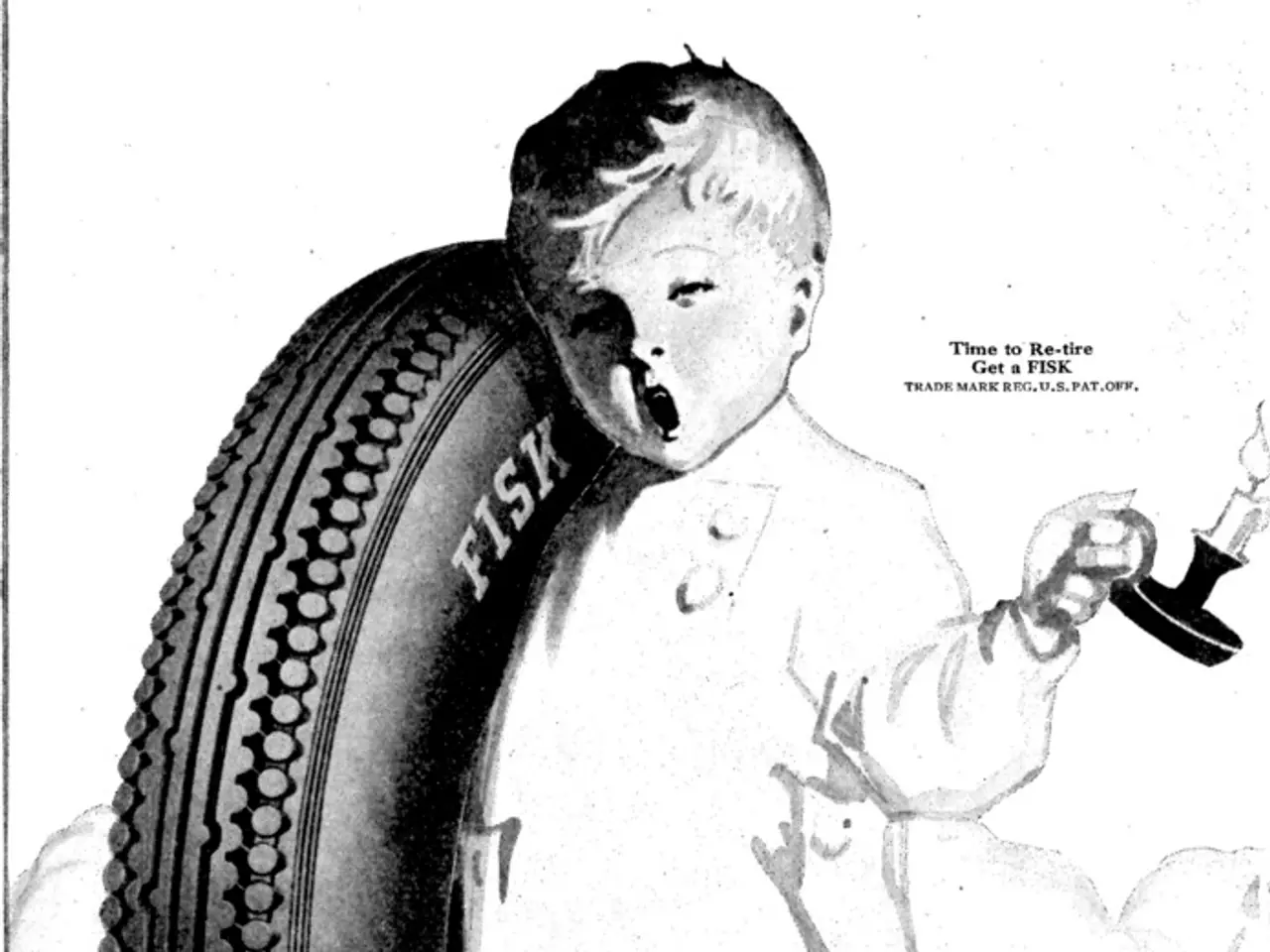Guideline for Compliance of Small Entities with 1996 Lead Regulations; Stipulations for Lead-Based Paint Operations in Designated Housing and Child-Oriented Establishments
The Small Entity Compliance Guides (SECGs), published by the Environmental Protection Agency (EPA) as part of the SBREFA, remain a crucial resource for understanding regulatory compliance related to lead-based paint hazards. Originally published in July 2002, the Small Entity Compliance Guide for Lead-Based Paint Activities in Target Housing and Child Occupied Facilities continues to be a fundamental document[1].
However, there have been recent regulatory updates and strengthened rules finalized by the EPA, including a new rule that came into effect in June 2025. This rule creates stronger requirements for identifying and cleaning up lead-based paint hazards in pre-1978 homes and childcare facilities, which are the primary settings covered by the Small Entity Compliance Guide[1]. This indicates that while the original guide serves as a foundational document, EPA's regulatory framework has evolved with more stringent standards and updated guidance to protect children and occupants from lead exposure.
No explicit mention was found of a formal revision or re-publication of the Small Entity Compliance Guide itself since 2002. However, the EPA's enhanced rulemaking and updated outreach materials (such as multilingual pamphlets and educational resources) demonstrate active ongoing efforts to improve compliance and public health protections related to lead-based paint activities[1].
For those seeking the very latest specific guidance material or updates to the compliance guide document itself, it would be advisable to consult the EPA's Lead Program website or contact EPA directly, as recent rule changes imply evolving guidance protocols beyond the original 2002 publication[1].
The Notice of Proposed Rulemaking (NPRM) for this rule was published on 09/02/1994, and the Final Rule was published on 08/29/1996. The PDF document for this SECG is 29 pages long and weighs approximately 186 kilobytes. The document is available as a PDF on the EPA's website, and more information about Lead Renovation, Rour website, and Painting Program Rules can be found there. The RIN for this rule is 2070-AC64, and the Docket No. is OPPTS-62128.
It is also important to note that EPA may revise SECGs without public notice. Therefore, it is essential to regularly check the EPA's Lead Program website or contact the authoring office to determine if SECGs have been revised.
In summary, the Small Entity Compliance Guide for Lead-Based Paint Activities in Target Housing and Child Occupied Facilities remains a vital resource for understanding regulatory compliance related to lead-based paint hazards. However, recent regulatory updates and strengthened rules finalized by the EPA indicate ongoing revisions and enhancements in lead hazard management. For the latest updates, it is recommended to consult the EPA's Lead Program website or contact EPA directly.
---
**References:** [1] EPA Lead | US EPA, June 2025
- The Small Entity Compliance Guides (SECGs), published by the Environmental Protection Agency (EPA), continue to be a crucial resource for understanding regulatory compliance related to lead-based paint hazards.
- The guide for Lead-Based Paint Activities in Target Housing and Child Occupied Facilities was originally published in July 2002.
- Recent regulatory updates and strengthened rules finalized by the EPA have created stronger requirements for identifying and cleaning up lead-based paint hazards.
- These updated requirements primarily apply to pre-1978 homes and childcare facilities.
- The EPA's regulatory framework has evolved with more stringent standards to protect children and occupants from lead exposure.
- No explicit mention was found of a formal revision or re-publication of the Small Entity Compliance Guide itself since 2002.
- The EPA's enhanced rulemaking and updated outreach materials show active ongoing efforts to improve compliance and public health protections related to lead-based paint activities.
- Consulting the EPA's Lead Program website or contacting EPA directly is advisable for the very latest specific guidance material or updates to the compliance guide document itself.
- The Notice of Proposed Rulemaking (NPRM) for this rule was published on 09/02/1994, and the Final Rule was published on 08/29/1996.
- The PDF document for this SECG is 29 pages long and weighs approximately 186 kilobytes.
- The document is available as a PDF on the EPA's website.
- More information about Lead Renovation, Rour website, and Painting Program Rules can be found on the EPA's website.
- The RIN for this rule is 2070-AC64, and the Docket No. is OPPTS-62128.
- EPA may revise SECGs without public notice, making it essential to regularly check the EPA's Lead Program website or contact the authoring office to determine if SECGs have been revised.
- Understanding the newest regulations is crucial for those involved in lead-based paint activities to ensure proper compliance.
- Science plays a significant role in formulating new regulations to address lead-based paint hazards and protect public health.
- In the realm of medical-conditions, chronic diseases like chronic kidney disease and respiratory conditions can be exacerbated by lead exposure.
- Eye-health can also be affected by lead, which is why it's important to address lead-based paint hazards in both homes and childcare facilities.
- Health-and-wellness, fitness-and-exercise, and skin-conditions are all areas that might be impacted by lead exposure, emphasizing the need for stricter regulations.
- Climate change is another factor that necessitates the evolution of regulations, and renewable energy sources are becoming increasingly important in the industry.
- Manufacturing processes must be adjusted in response to updated regulations regarding lead-based paint hazards, driving innovation in the industry.
- Therapies-and-treatments for lead poisoning and other health issues associated with lead exposure are crucial in the medical field, as are proper nutrition and management of psoriasis and other skin conditions.
- Home-improvement projects that involve lead-based paint must adhere to the latest regulations, highlighting the role of environmental-science in home-and-garden practices.
- In the real-estate sector, awareness of lead-based paint hazards is essential for property transactions and maintenance.
- Interior-design professionals should also be mindful of lead-based paint hazards to ensure safe working and living environments.
- Cooking and baking at home should be done with awareness of lead contamination in certain materials, such as cookware and ceramics.
- Transportation, dining, family-dynamics, automotive, investing, personal-finance, and global-cuisines are all aspects of lifestyle that may intersect with lead-based paint hazards.
- For outdoor-living enthusiasts, gardening with sustainable-living practices and organic products can help minimize exposure to lead contamination, contributing to overall healthier food-and-drink options and dining experiences.








